“I only have three heroes in my lifetime, says Jaguar Director of Design Ian Callum. “My father, Jim Clark and David Bowie. Bowie was so far above everything else.”
Unless you’ve been living up in space with Major Tom, you’ll by now be all too aware of the world’s collective mourning for singer, songwriter, multi-instrumentalist and the original pop chameleon David Bowie.
One of the most influential and ground-breaking artists of all time, Bowie’s death sent shockwaves through the world, with everyone from Brian Eno to Donald Trump honouring the loss of the man with screwed-up eyes and screwed-down hairdo.
New world, new opportunities
Yet there’s been an argument from those puzzled that the blanket coverage of his death took up such a significant portion of media attention that it’s got less to do with artistic merit and more the teenage crush of thousands of baby boomers now sitting behind the desks of media power.
Older generations are puzzled by the outpouring of Bowie-mania, and there’s another group of those under 30 who are bewildered by the attention devoted to what they see as just another 70s star. He made some great songs and was fantastic in his time, but isn’t everybody going just a little over the top?
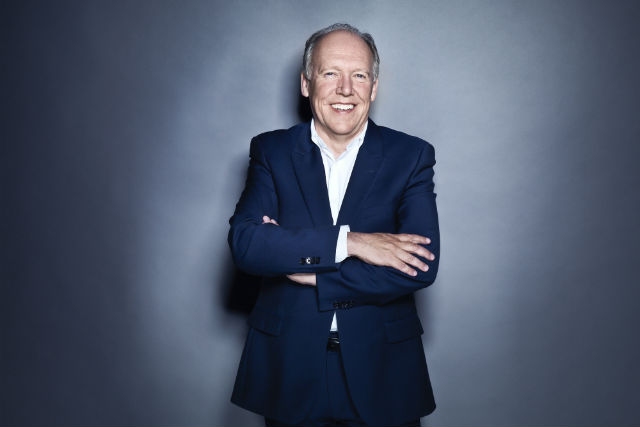
Testimonies like Ian Callum’s prove that they aren’t. The bright young things of the late 60s and early 70s, faced with a new world and new opportunities, were all hugely influenced by the creative brilliance, intellectual challenges and free-spiritedness posed by Bowie.
Callum, like so many millions of others, was one of those up-and-coming creative youngsters with a Bowie poster on his bedroom wall, a shelf bursting with records and a head full of dreams.
“I discovered him when I was in college in Glasgow studying art and design. It was 1972, and it was a really brutally creative environment,” he writes in an article on The Drive. “We were always struggling to find the next great thing in design and art and music and fashion. It was a really formative time for me, a crucible.”
It was the music that first caught his attention, with the young Callum rushing home from classes to go to his bedroom and put Bowie on the record player. Soon after, the burgeoning designer started to notice and to appreciate not just the sounds, but also Bowie’s innate mastery of visuals.
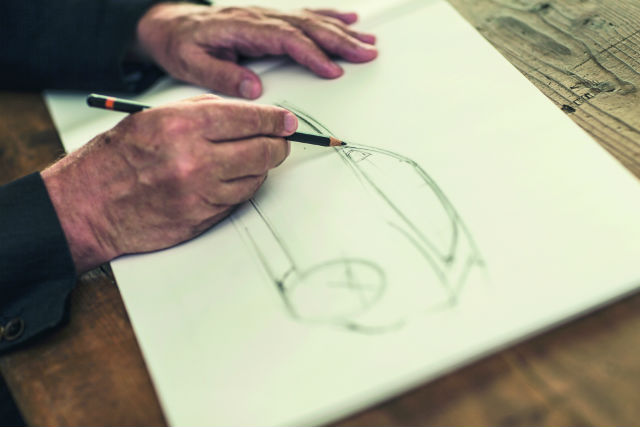
Having studied art and design in addition to music at Ravens Wood School, in those days known as Bromley Technical High School, like many of his musical peers who sprung from the halls of art school, he never relinquished his passion for visual arts.
Bowie’s look was part of his performance, and from album cover to arena presentation and every musical iteration through every alter-ego, he drew from a deep and varied well of graphic influences.
“His work has this brutal, hard edge that I really loved, but it was counterbalanced by a very tender softness, a soft character which I found really attractive,” Callum says. “And so I try to get this hardness, this matter-of-fact grittiness and combine it with a sort of soft element.”
Bowie's innate visual mastery
Callum says that this is exactly the sort of balance that he channels when designing a Jaguar; it’s not precisely what Bowie did, but the inspiration is absolutely unmistakable.
The man who has led Jaguar through a visual metamorphosis over the past decade, Callum has won a vast array of awards for his work, most recently the 2015 Designer of the Year award, an honour given to the individual deemed to be the most influential designer operating in the UK.
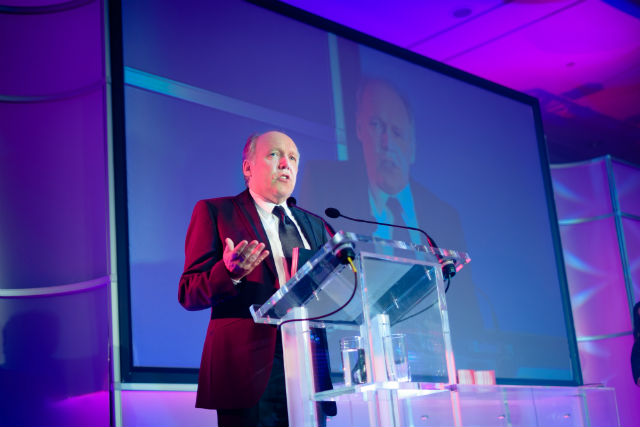
Based equally on overall career success, the recipient’s influence within their own professional sphere and their output over the last year, Callum beat personalities like Burberry’s Christopher Bailey to the top spot.
Through his career history, from joining Ford as a designer in 1979 to creating concept cars for Italian coachbuilder Ghia and moving on to Aston Martin, Volvo and Mazda, the juxtaposed approach developed via Bowie’s influence has been a constant theme.
Take the 1989 Ford Escort Cosworth, an early Callum design, which redefined the hot hatch landscape with its looks that were at once unique, aggressive and yet familiar. Or what about the Ford Puma from 1997, which pioneered Ford’s ‘Edge’ design theme and was as ahead of its time as Bowie was of his?
Of all Callum’s creations, however, arguably his greatest so far has been the Jaguar F-TYPE. The spiritual successor to the legendary E-Type, there was a lot of heritage to draw on, but it also meant that designing it was fraught with difficulty, the F-TYPE having to toe the line between respecting the past and forging ahead into the future.
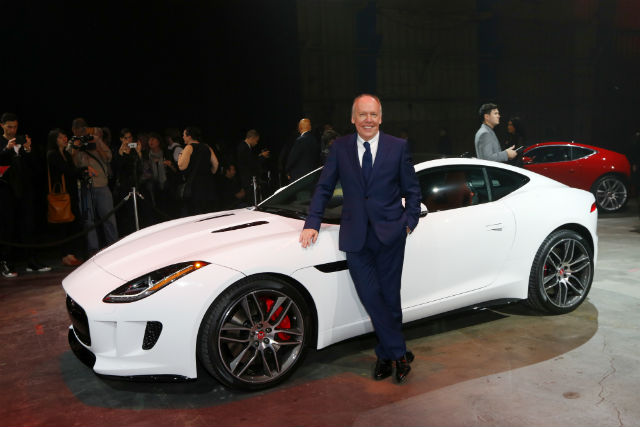
So what does a designer do when faced with creative block? “If I get stuck, I listen to music - usually Bowie, but sometimes Bruce Springsteen,” he says. “My favourite album is Aladdin Sane, and I love that title track - it conjures the angst of someone searching for something and never really finding it.”
Interestingly, Bowie himself once even added car design to his extensive list of accomplishments that range from albums to acting roles. And, as it turned out, he was actually pretty good at it.
Back in 1999, the London Design Museum marked the 40th anniversary of the iconic Mini with a celebrity design contest, with Bowie among the entrants alongside Kate Moss and Paul Smith. For his piece, he created a striking mirror-plated Mini that somehow perfectly summed up the Starman’s effortless sense of elegance and cool.
Always new, always surprising
Not that he seemed all that impressed with his own work; when asked how he became involved with the project he simply replied with “I was asked” before listing the sandwich as being among his other favourite British designs.
Despite having referenced the Ford Mustang, a Cadillac and a Chrysler in his lyrics for Young Americans, Bowie was never a car fan. He was, however, a futurist who appreciated more than most the role the automobile has come to play in the lives of modern humanity.
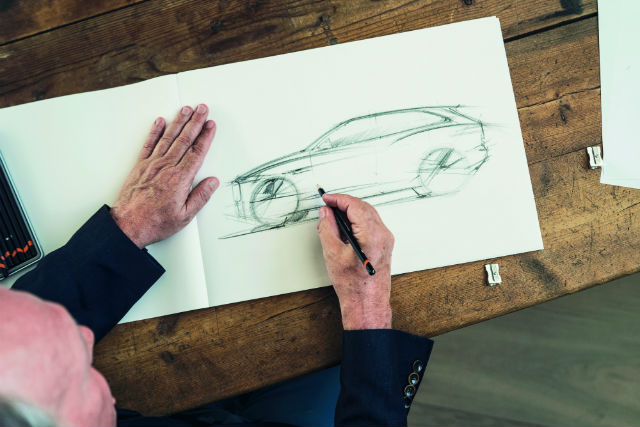
“He had a creativeness as a pop star that doesn’t even exist anymore, really,” Callum says. “With Bowie, it was always something new, and always something surprising.”
For all his personal achievements, arguably Bowie’s greatest legacy will be those he inspired. The creative powerhouse that Britain has become is due, in no small part, to the fuel provided by him. He challenged clever kids to be ambitious; to be provocative; to take risks. Bowie gave space to oddity, and in doing so made it cool.
Although it mightn’t seem like the most obvious of connections, the groundwork laid down by Bowie can be seen in the work of Callum, one of Britain’s greatest contemporary designers. Always something new, and always something surprising.



